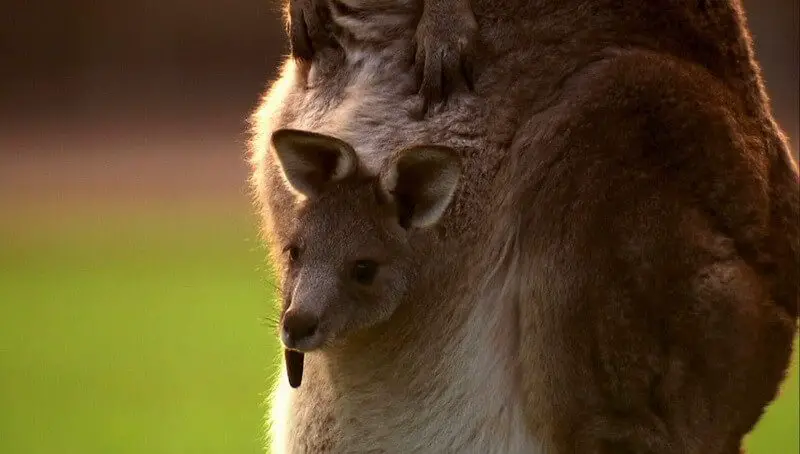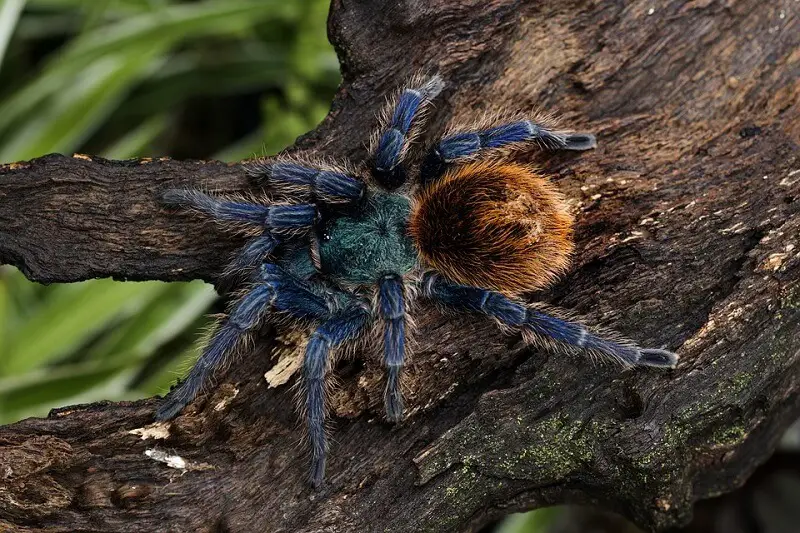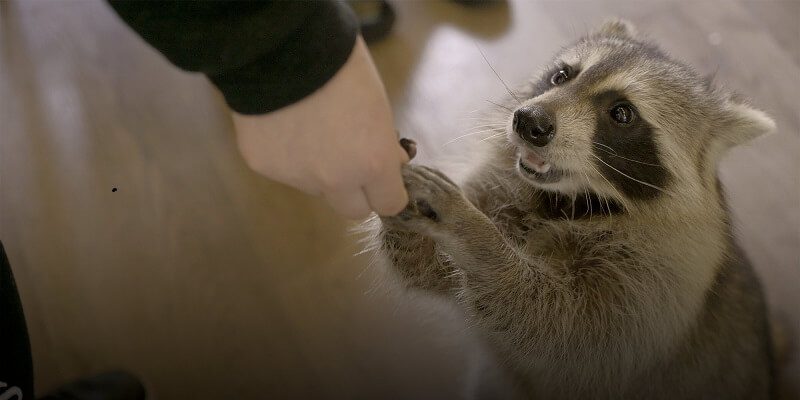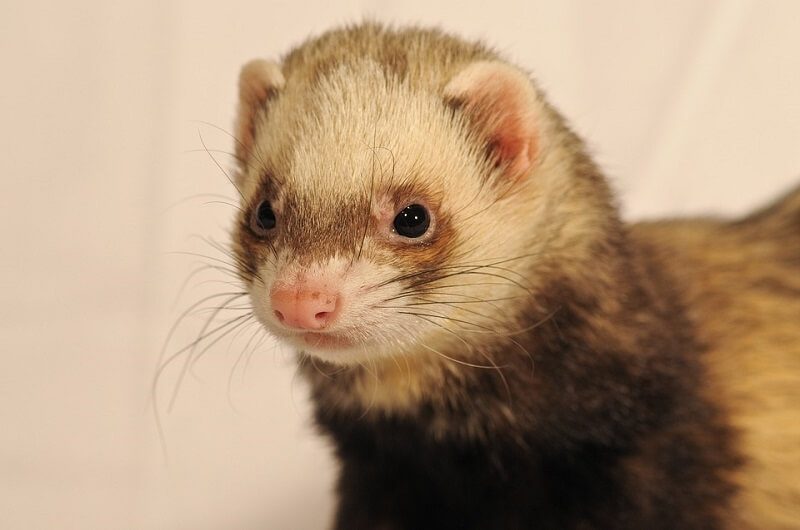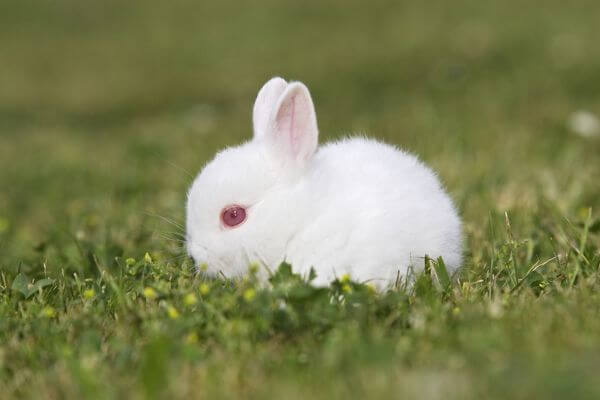Looking from the outside, kangaroos are very interesting; they are different from other animals. A two-foot animal with a bag on its belly is not in vain called a marsupial. This is a large fold of skin, to wear their babies comfortably in. Obviously, you noticed at the zoo that a small pair of eyes comes out of a bag like this. A baby kangaroo is born small, naked, and blind, but it knows its mother’s bag protects it from cold and danger.
So do kangaroos lay eggs?
Kangaroos are mammals. They do not lay eggs; their babies are born in an immature state. The gestation period shows a complete development in the abdominal bag or pouch.
The reproduction of macropods (kangaroo and wallaby) is really fascinating. Female kangaroos get pregnant normally. Their egg travels out of the ovary and moves into the fallopian tube where, if it meets the male reproductory cells, is fertilized and encapsulates in the wall of the female’s uterus.
You might also like my articles on whether people are stronger than kangaroos, why are kangaroos so buff, and whether possums have a pouch.
Only two types of egg-laying mammals remain on the planet today – the duck-beaked platypus and the echidna or the thorny anteater.
Kangaroos are Mammals
The Kangaroo is a mammal specific to Australia, also found in New Guinea and New Zealand, and is representative of marsupial mammals.
Being a marsupial mammal, the kangaroo raises its young in its marsupium, a pouch located in the abdominal area, characteristic of females. The young ones are kept there until they are mature enough to develop on their own. When born, the baby is very small, measuring about 1,5 centimeters, has no fur, eyes, or ears, and has no developed limbs.
The kangaroo is a mammal superior to the platypus because it gives birth to babies and feeds them on the milk produced by the mother.
How do Kangaroos Give Birth?
Marsupials represent the vast majority of all animal species that inhabit the continent of Australia. Kangaroos are also marsupial mammals. Looking at these animals, you will be amazed at the wisdom of nature.
Marsupials give birth to a living, but relatively undeveloped fetus called a joey. Joeys are born small and defenseless, and pregnancy lasts about a month. Feeling the birth approaches, the female licks the bag and the wool around it, creating a linear path. When the baby is born, using that path, it climbs itself into the bag, where it will have to live for 6-7 months, in order to fully develop.
The bag contains four nipples, each producing its own special kind of milk, depending on the age and needs of the Joey. During breastfeeding, the female can become pregnant and successfully carry the young one. In addition, two types of milk can be produced simultaneously, meaning that the female can feed two babies at the same time, being of different ages.
The kangaroo bag has strong muscles that the animal can consciously control, so it won’t release the baby when it is too small or if danger is outside.
The bag is absent in males. No matter where the kangaroos live, all these instincts and habits associated with the breeding of Joeys are preserved.
Reproductive strategy
Some kangaroos reproduce seasonally, while most mate and give birth at any time of the year. On the day of estrus, the female may be accompanied by a string of passionate males, leading endless duels for the opportunity to have descendants.
Gestation and Birth
On average, the gestation period for a kangaroo lasts about 4 weeks. Most often a kangaroo gives birth to a single baby, while the large red kangaroos (lat. Macropus rufus) can bring up to 3 kangaroos.
Kangaroos are mammals that do not have a placenta. Due to its absence, embryos develop in the vitellin sac of the female uterus. Kangaroo babies are born underdeveloped and small, only 15-25 mm long and weighing from 0,36-0,4 grams (for quokkas and filanders) to 30 grams (for gray kangaroo). In fact, these are still embryos that look like mucous lumps. They’re so small they can fit in a spoon.
At birth, a baby kangaroo has no eyes, back limbs, or tail. As soon as the umbilical cord breaks, the baby, without the help of the mother, on her forelegs, makes its way through her hair to the hole of the pouch from its belly. There it will attach to one of the nipples and develops in about 150-320 days, depending on the species. The birth of a kangaroo passes very quickly.
How long do joeys stay in the pouch?
A few days after birth, the female is ready to mate again. If she becomes pregnant, the embryo ceases to develop. This period lasts about a month until the Joey from its pouch leaves it, then the embryo continues to develop.
Two days before birth, the mother does not allow the previous kangaroo to get into the pouch. The Joey perceives this rejection with difficulty because up until that point it was taught to return to its mother at the first call. Meanwhile, the female kangaroo cleans and prepares the pocket for the next baby. During the dry period, the embryo remains in a state of diapause until the rainy season.
Can kangaroos have twins?
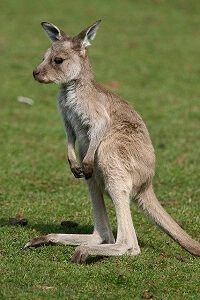 1 to 2 months after the birth of the first baby, the female is ready for mating again. When the second baby is born, the first one continues to live in the bag. Thus, at the same time, the female kangaroo takes care of two babies of different ages. The texture of the pouch is very elastic and it is able to support the weight of the offspring even after they begin to grow.
1 to 2 months after the birth of the first baby, the female is ready for mating again. When the second baby is born, the first one continues to live in the bag. Thus, at the same time, the female kangaroo takes care of two babies of different ages. The texture of the pouch is very elastic and it is able to support the weight of the offspring even after they begin to grow.
When the second baby appears, its older brother begins to eat milk from the second nipple, which, as I have already mentioned, has a different composition.
Some kangaroo species are made to be able to conceive two embryos simultaneously. In this case, the first child develops, and it is only after reaching one month that the development of the second begins. If the first fetus perishes, the growth of the second begins immediately. Thus, these species do not allow too much time for further mating.
The birth of twins or triplets occurs in some larger species of kangaroos. The photographs taken by scientists demonstrate the existence of such “large families”.
Do Joeys poop in the pouch?
Yes, Joeys poop in their mother’s pouch. The bag is hairless inside and contains nipples that produce milk of different types to feed joeys of different ages – a clever adaptation to allow the offspring to be cared for at different stages of its development. The mother kangaroo cleans it by licking the inside of the bag to remove the dirt, poop, and urine – a real work of love.
Final Thoughts
The kangaroo is a mammal that does not lay eggs. This is a mammal superior to the platypus because it gives birth to babies and feeds them with milk produced by the mother.
